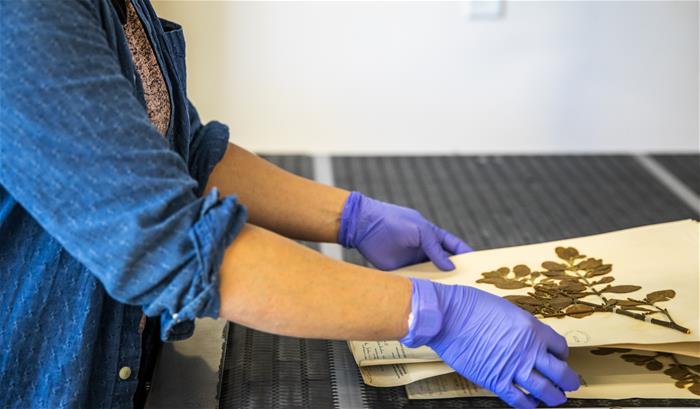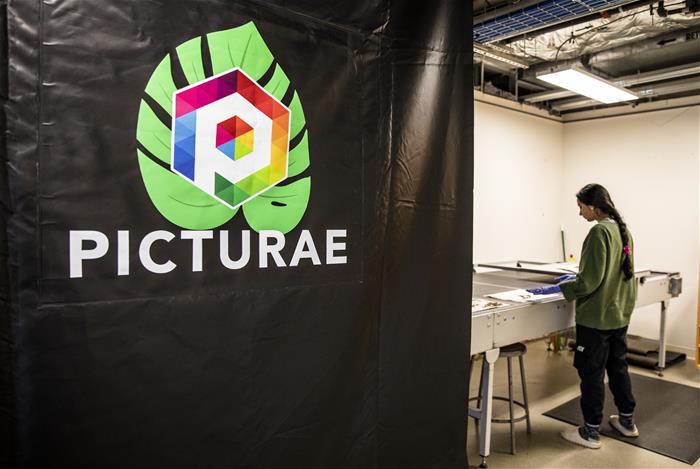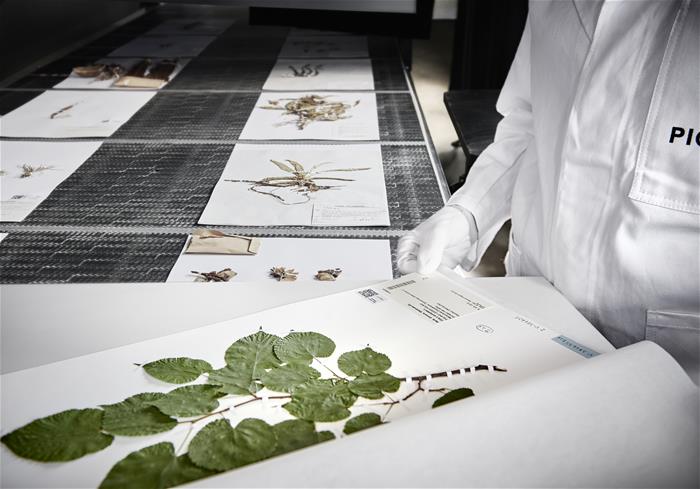California is known for its biodiversity; its geographic location and diverse climate make it home to a wide range of plant and animal species found nowhere else in the world. But biodiversity on a global level faces threats such as climate change, population growth and invasive species, and California is no exception. As part of its 30X30 goals, the state of California is committed to conserving 30 percent of its lands and coastal waters by 2030, making it more important than ever to understand, protect and regenerate the state’s unique biodiversity for future generations.
The California Academy of Sciences is home to the largest botany collection in the western United States, and the Gordon and Betty Moore Foundation supported the Academy in its efforts to digitize approximately one million California botany specimens as part of the its Thriving California initiative, which will harness scientific data and mobilize diverse communities to fight climate change, stop biodiversity loss, and advocate for nature in the Golden State.

Fully digitizing botany specimens with high-resolution images and digitally transcribed label data has historically been a time-consuming process. The foundation’s funding supports a partnership with Picturae, a digitization service that uses state-of-the-art, semi-automated conveyor belt technology that can digitize specimens ten times faster than before. On these conveyor belts, the specimens are photographed with high resolution cameras and linked to digital label data in a more efficient, cheaper and less labor-intensive process, generating up to 4,000 images a day. The Academy intends to fully digitize its botany collection by summer 2024, and the infrastructure set up by this project is helping to pave the way toward full collections digitization in the future.

California is home to around 6,500 native plants, many of which are unique to the state. A significant number of them are also threatened or endangered. The information in the Academy’s botany collection is not only invaluable to understanding California’s biodiversity and conservation efforts, but also represents the history of these species. Digitizing these specimens establishes a baseline for how these species were distributed in the past and makes this historic data more accessible to the scientists and policymakers that seek understanding on how biodiversity will be affected in years to come.

Another important element of the project is promoting public education around biodiversity. Through a partnership with Zooniverse’s Notes from Nature, the Academy will engage the broader community in community science by engaging them to complete these records by adding location data. This collaboration provides a unique opportunity for anyone to easily make a significant contribution to conservation efforts by accelerating the growth of these important digital databases. The hope is that broadening participation will lead to more people understanding the need and feeling empowered to take action to preserve biodiversity in the communities where they live.
Images of the digitation process of various botany samples courtesy of California Academy of Sciences and Picturae.

Message sent
Thank you for sharing.